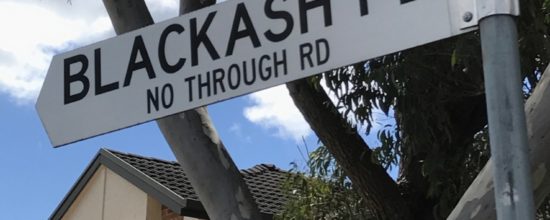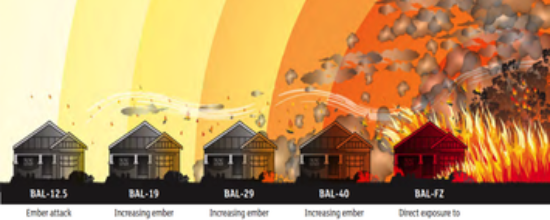Wayfinding – Learning from the Past
We are surrounded by clues to our past. As we design communities, planners give a nod to people, places or significant events that shape or give rise to that form. Examples might be “The Broadway” for a wide boulevard, “Scribbly Gum Crescent” for an area...











